THE GOD, THE DEVOTEE AND THE FRIENDLY TEACHER
by Prof. Dr. Nadiminty Sree Rāmachandra Śāstry
Invocation
I bow to and invoke the blessings of Ganēśa – the remover of obstacles, mother Saraswati – the Goddess of learning and the Guru -my reverend preceptor for success in this venture of mine. I submit myself to Māaruti – the mighty son of Wind God, for leading me in this task.
Introduction
In cities, towns, and villages across India, one of the most common publicly displayed icons is that of the towering Hanumān. Hanumān, the Godly monkey, is the symbol of physical and mental power, protector of the devoted, and the remover of the bad influences of inauspicious planets and creatures.
Hanumān Himself is the most trusted devotee and friend of Srī Rāma, the Godly prince of the Sun dynasty and the hero of Rāmāyana. Hence Hanumān is also known as Rāmadūta – emissary of Rāma. Hanumān has the boon to live as long as people recite the sacred Rāmāyana and protect the meek and the weak. It is this belief that makes one worship Hanumān for removal of all negative aspects of human nature like fear, anxiety, depression etc. even today.
As a scientist trained in biology and as an observer of the human nature and behaviour, I feel that the very belief in Hanumān as a protector exerts a Para-psychological effect on the soul-mind-brain of man inducing the right neuro-hormonal reactions that help in alleviating stress and give necessary mental composure to overcome fear etc.
What then is the truth or reality of Hanumān that makes millions of people in India and many other countries worship Him? There have been many studies, commentaries, treatises and other writings by scholars to explain about Hanumattatva – the essence of Hanumān.
Mine is a humble attempt to present that essence in a nutshell as picturised in our ancient sacred works, to the best of my ability.
It is hoped that this write-up, however inadequate it may be to the task, would help the readers will have a deeper insight about the Lord’s dwelling in the minds and hearts of people of different creeds and regions over the centuries since ancient times.
Richness of Hanumān’s Attributes
Tējas – lustre; Dhŗti – self command; Yaśas – glory; Dākşyam – organisational dexterity; Sāmarthyam – suitable strength; Vinaya – disciplined conduct; Naya – adept in laws; Pouruşam – heroic self dignity; Vikrāma – intense valour; Buddhiĥ – sharp intellect.
These are the ten attributes actually ascribed to Hanumān by Ādikavi – first poet Vālmīki on the occasion of Srī Rāma’s coronation (see Yuddhakānda: 128-82).
Indra presented a unique necklace of precious stones on the occasion to Srī Rāma, which was brought by Vāyu Dēva – wind god. Srī Rāma, in turn, presents that particular necklace to Sītā telling her, “O! Soubhāgyavati – auspicious lady! Present this to any one that made you happy and possesses heroic self-dignity, intense valour, and distinctive intellect”. Since being a Soubhāgyavati and since Hanumān is responsible for Sītā’s Soubhāgyam – riches, Sītā presents it to Hanumān. (Yuddhakānda: 131-81 & 82). Thus Sītā is also appreciative of the significance of Hanumān’s attributes.
Vālmīki also uses two adjectives in the context of Hanumān – Vākyajńyaĥ – one who sets apt sentences, and Vākyakuśalaĥ – one who makes precise use of such sentences. This linguistic specialty of Hanumān is evident when Hanumān first meets Srī Rāma and Lakşmaņa (Kishkindakānda: 3- 28 to 35). This scene is described a little later. But let us get introduced to the Hanumān’s incarnation.
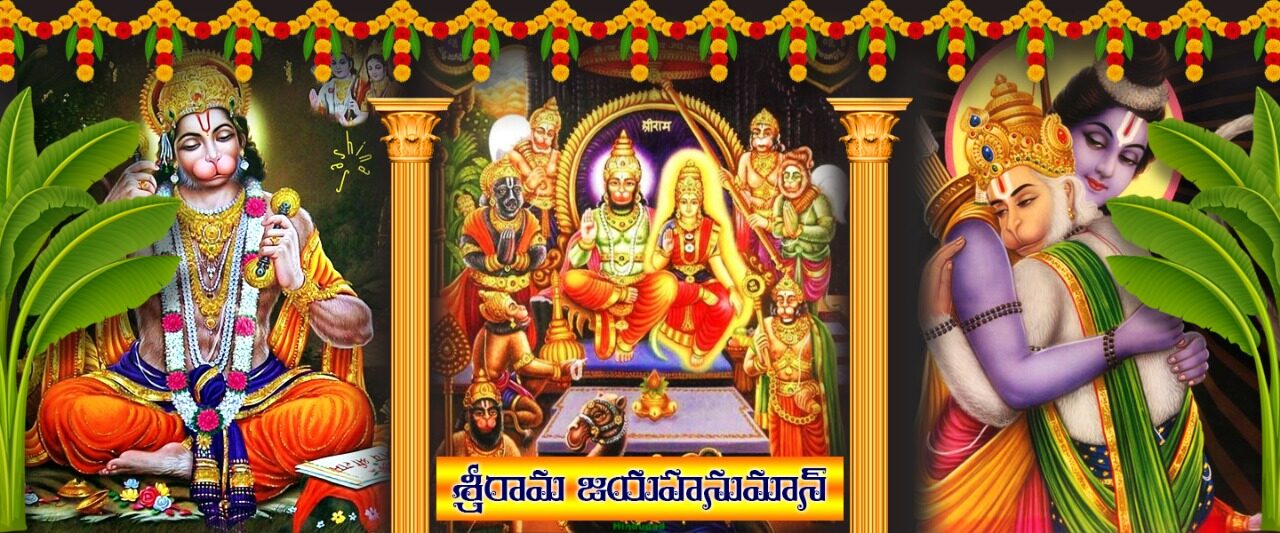
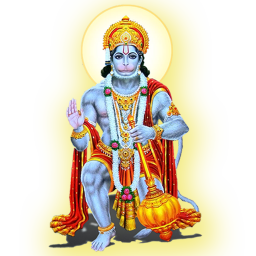
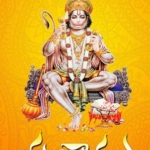
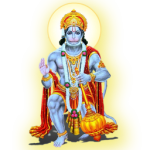
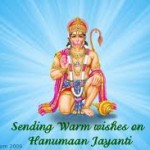



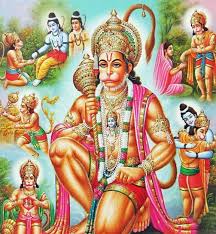
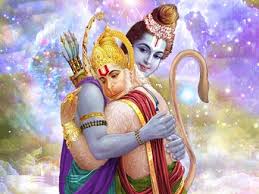
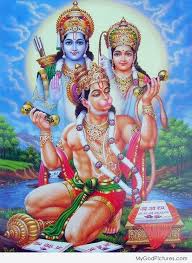
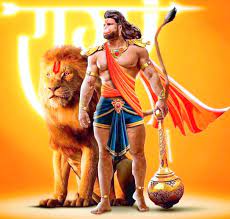
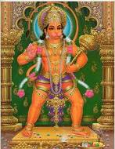
Be First to Comment